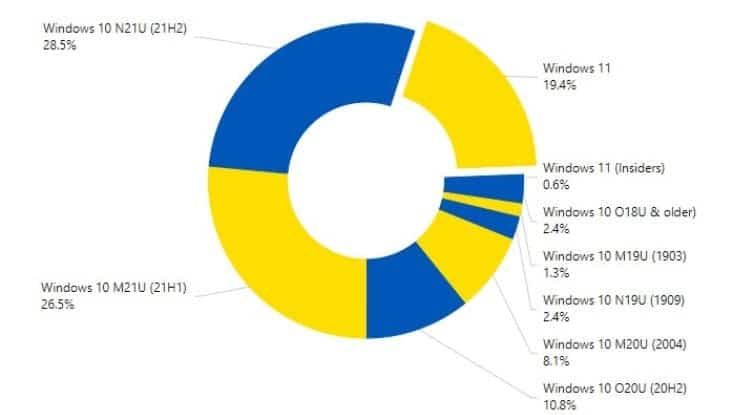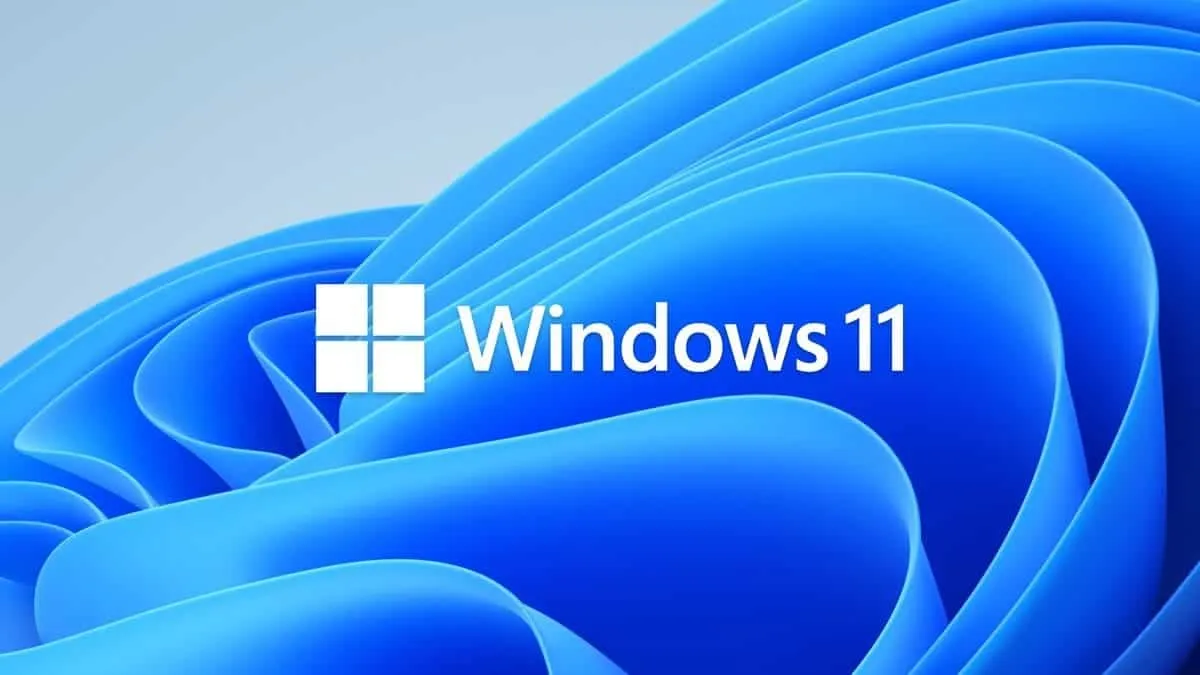It seems that after the rather successful launch of Windows 11 last fall and stable growth in the first few months in March, the speed of distribution of the operating system has decreased as much as possible. This is evidenced by the research data of the AdDuplex platform, which monitors the level of distribution of different versions of the software platform and regularly publishes reports on the results of the work done.
In its research, AdDuplex uses data collected from approximately 5,000 applications that use the AdDuplex SDK v.2. Although the sample size is not specified in this case, the platform reports typically include data collected from approximately 60,000 computers. Of course, this is a small sample; but it also allows you to track the ups and downs of different versions of Windows.
According to AdDuplex, the share of Windows 11 users in March remained almost unchanged compared to the result in February. At the same time, Windows 10 21H2 showed some growth in the reporting period; becoming the most popular version of the OS in March. According to published data, by March 29, the share of Windows 11 was 19.4%; which is slightly more than 19.3% in February. Despite a slight increase, Windows 11 managed to stay in third place in the popularity rating. Windows 10 21H2 led the way with adoption rates rising from 21% in February to 28.5% in March. At the same time, the share of Windows 10 21H1 for the same period decreased from 27.5% to 26.5%.
Windows 11 falls short of Microsoft's expectations with low popularity

Obviously, a significant increase in the share of Windows 10 21H2 was facilitated by the end of the support period for Windows 10 20H2; which will end in May. In anticipation of this, Microsoft has rolled out the update to more compatible devices so that their users can continue to receive regular updates even after support for Windows 10 20H2 ends. As for the reasons for the slow spread of Windows 11, first of all, we should highlight the minimum system requirements for installing the OS, which not all PCs meet. In addition, upgrading to Windows 11 is optional, which also does not help accelerate the spread of the OS.
In separate news, it seems that Microsoft has listened to the public; and simplified the process of choosing a default browser. The innovation is implemented in the update KB5011563, which began to roll out earlier this week. After installing it, you can literally change the default browser with just a few clicks of the mouse; similar to how it happens in Windows 10.






Place comments
0 Comments
You are currently seeing only the comments you are notified about, if you want to see all comments from this post, click the button below.
Show all comments